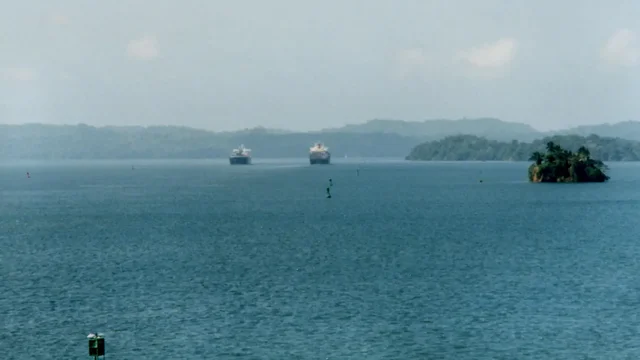Lake Gatún
Province: Colón
 By Stan Shebs, CC BY-SA 3.0, https://commons.wikimedia.org/w/index.php?curid=51264
By Stan Shebs, CC BY-SA 3.0, https://commons.wikimedia.org/w/index.php?curid=51264
Gatún Lake is not a naturally formed lake, but rather a vital, highly planned and engineered reservoir that constitutes the central and longest portion of the Panama Canal waterway. This overview focuses on its critical infrastructure, hydrological function, and ecological importance.
| Province | Colón |
|---|---|
| Area | 430 km2 |
| Founded | 1907 |
| Population | 0 |
| Elevation | 0 m |
The lake was created between 1907 and 1913 through the construction of the massive Gatun Dam on the Chagres River. At the time, both the dam and the lake were the largest of their kind in the world.
Its primary function is to serve as a water reservoir for the operation of the Panama Canal. The lake is approximately 26 meters above sea level and forms a 33-km stretch of the shipping route.
- Water Supply: Each ship transit through the locks uses a large amount of fresh water from the lake, which is released by gravity into the sea.
- Hydrology: The lake depends entirely on rainfall and is managed together with Lake Alhajuela to ensure a constant supply, especially in the face of the challenges of the dry season and climate change.
Ecology and Multiple Use
Despite being man-made, Gatun Lake is an important tropical ecosystem:
- Biodiversity: The flooded hills became numerous islands that today serve as protected habitats for a rich flora and fauna. The most notable is Barro Colorado Island, home to a renowned Smithsonian Institution research center.
- Drinking Water and Energy: In addition to navigation, the lake is the main source of drinking water for the cities of Panama and Colón, and discharges from the Gatun Dam generate hydroelectric power.

